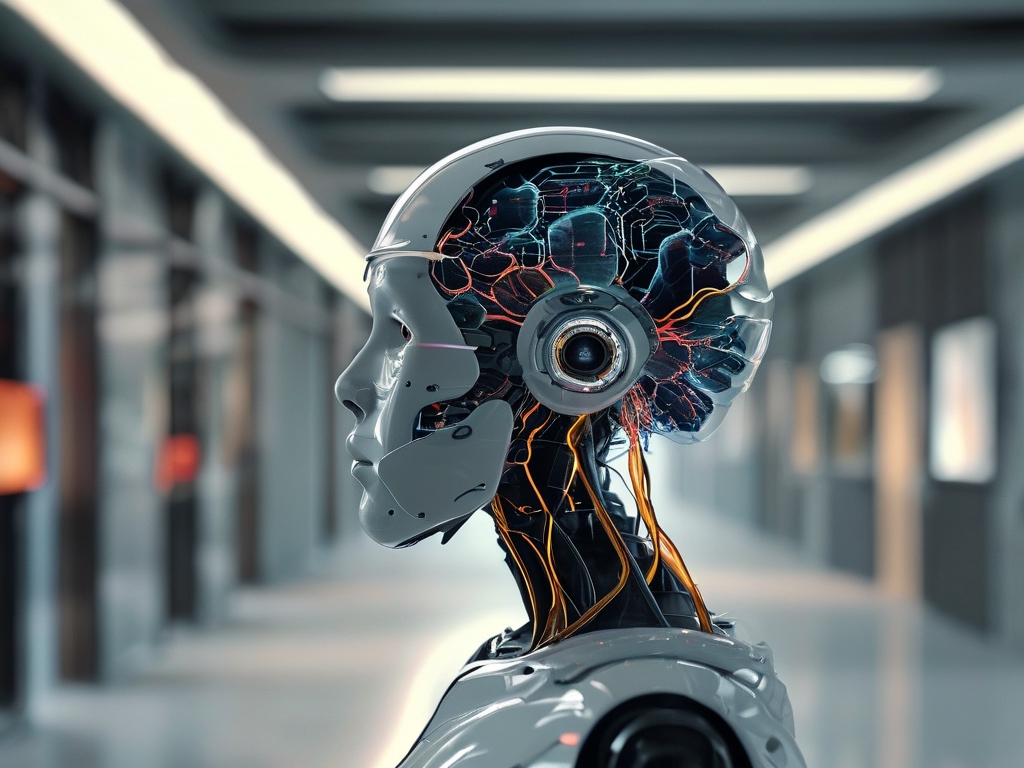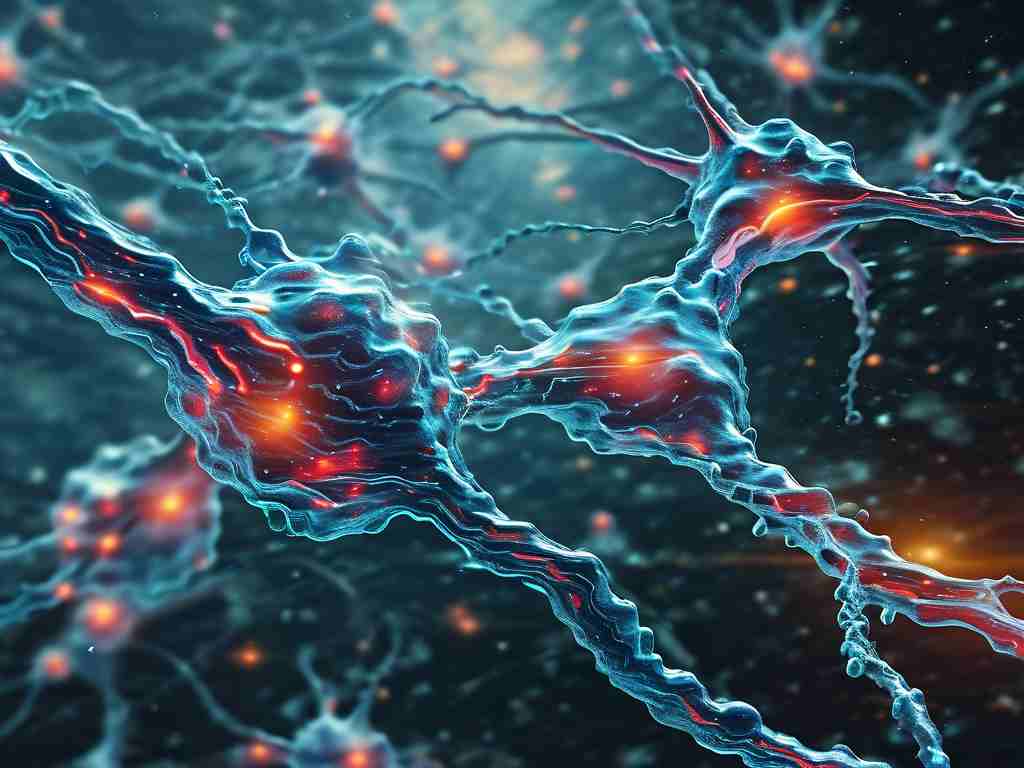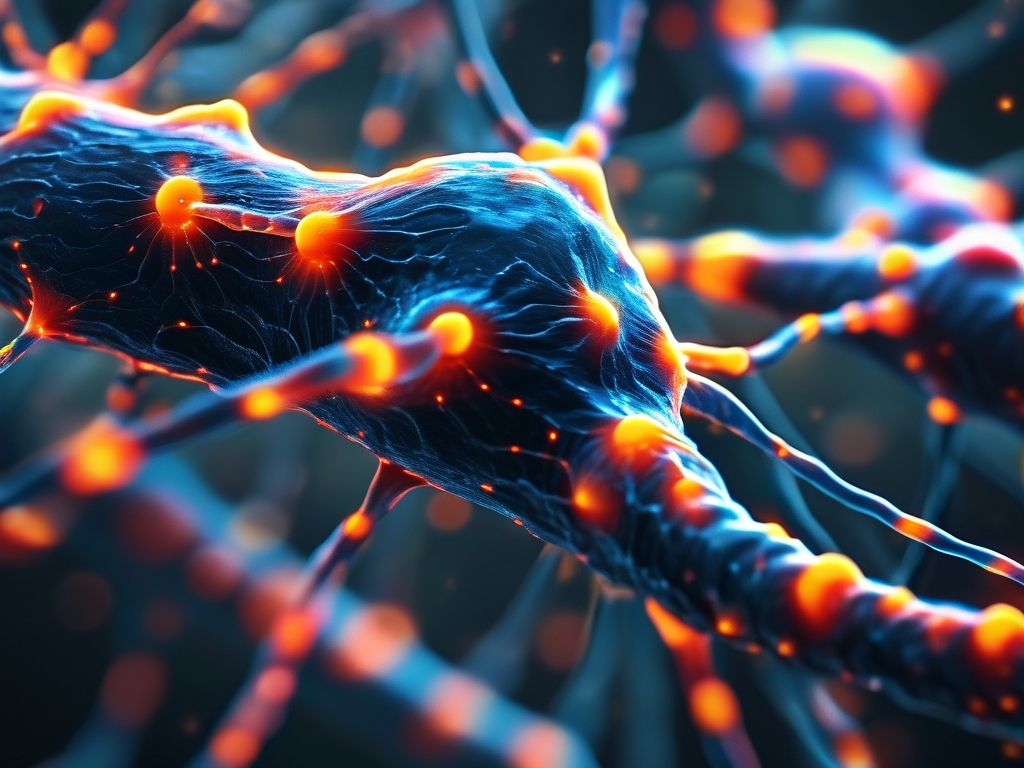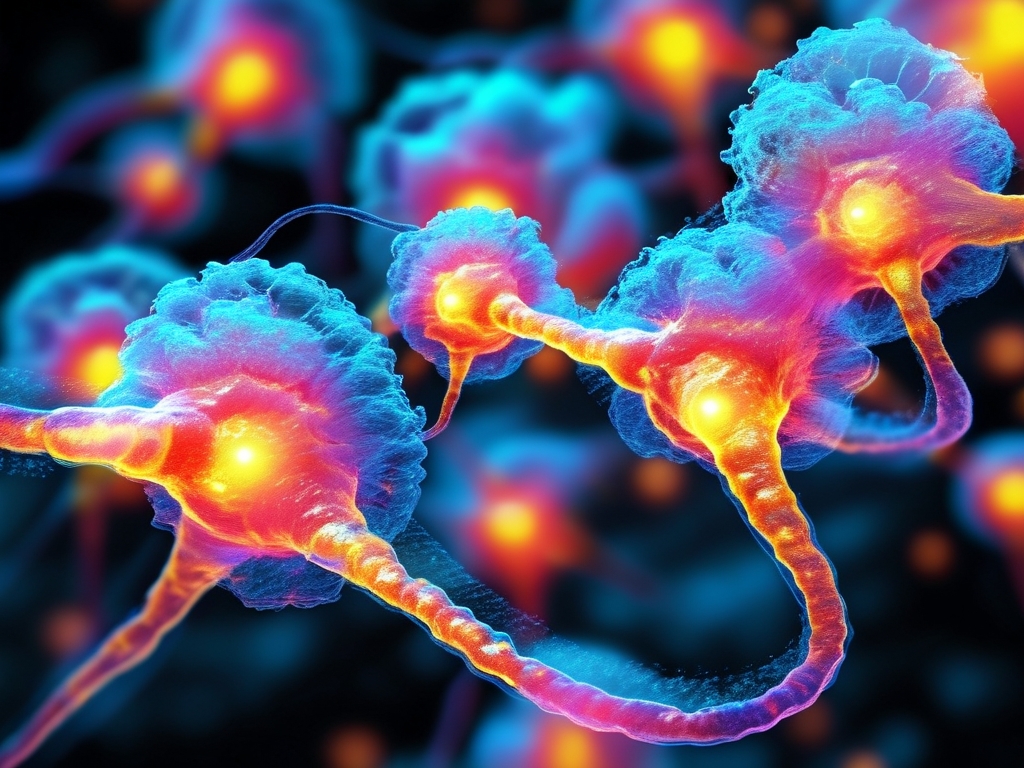In the rapidly evolving landscape of artificial intelligence, KAM (Knowledge-Augmented Memory) neural networks have emerged as a groundbreaking framework for enhancing adaptive learning systems. Unlike traditional neural networks, KAM architectures integrate dynamic memory modules with real-time knowledge retrieval, enabling machines to learn and adapt with unprecedented efficiency. This article explores the core principles of KAM networks, their applications, and the transformative potential they hold for industries ranging from healthcare to autonomous systems.
The Architecture of KAM Neural Networks
At the heart of KAM networks lies a hybrid design that combines deep learning with structured knowledge databases. Traditional neural networks rely solely on pattern recognition from training data, but KAM systems incorporate external knowledge sources—such as databases, ontologies, or even real-time sensor inputs—to refine their decision-making processes. For example, a KAM-based medical diagnosis tool might cross-reference patient data with the latest clinical research, ensuring diagnoses are both data-driven and evidence-based.
A key innovation is the "memory-augmented" layer, which dynamically updates stored knowledge. This layer uses attention mechanisms to prioritize relevant information during inference, reducing computational overhead. In code terms, a simplified version might look like this:
class MemoryAugmentedLayer(tf.keras.layers.Layer):
def __init__(self, memory_size):
super().__init__()
self.memory = tf.Variable(tf.zeros(memory_size), trainable=False)
def call(self, inputs):
# Retrieve and update memory based on input relevance
attention_weights = tf.nn.softmax(inputs)
updated_memory = self.memory * 0.9 + tf.reduce_sum(attention_weights * inputs, axis=0)
self.memory.assign(updated_memory)
return updated_memory
Applications Across Industries
KAM networks excel in scenarios requiring rapid adaptation to new information. In autonomous vehicles, for instance, they enable real-time processing of road conditions by merging sensor data with traffic regulations stored in memory. A vehicle might encounter an unexpected road closure and immediately adjust its route by accessing updated municipal databases—a task challenging for conventional models.
Healthcare provides another compelling use case. Researchers at Stanford recently deployed a KAM network to predict drug interactions. By integrating patient genomic data with pharmaceutical databases, the system achieved 94% accuracy in identifying adverse reactions—a 15% improvement over traditional models.

Challenges and Future Directions
Despite their promise, KAM networks face hurdles. The integration of external knowledge requires meticulous curation to avoid biases or outdated information. A 2023 study revealed that poorly maintained knowledge bases could degrade KAM performance by up to 40%. Additionally, the computational cost of real-time memory updates remains prohibitive for edge devices.
Future advancements may focus on "lightweight" KAM variants optimized for IoT devices and federated learning frameworks that allow decentralized knowledge sharing. Early experiments with quantum-enhanced memory layers suggest potential breakthroughs in processing speed, though practical implementations remain years away.
KAM neural networks represent a paradigm shift in machine learning, bridging the gap between static data training and dynamic real-world adaptation. As industries increasingly demand AI systems that can learn continuously and contextually, KAM architectures are poised to become the backbone of next-generation intelligent systems. Their success will hinge on overcoming current limitations in knowledge management and computational efficiency—challenges that are already sparking innovative solutions across academia and industry.










